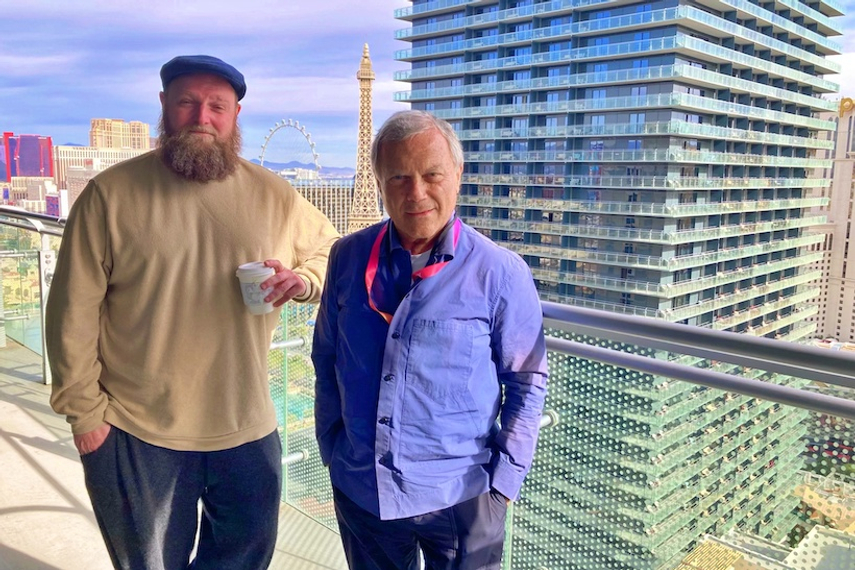
Please sign in or register
Existing users sign in here
Having trouble signing in?
Contact Customer Support at
[email protected]
or call+91 022 69047500
The Media.Monks leaders outline their strategy to appease ‘anxious’ advertisers in a deteriorating economic environment that analysts say is ripe for innovation

Contact Customer Support at
[email protected]
or call+91 022 69047500
Top news, insights and analysis every weekday
Sign up for Campaign Bulletins
As IPL ad spends soar, marketers face a hard truth—visibility alone doesn’t cut it. It's time to optimise for attention, not airtime.
Turning steam into symphony, Taj Mahal Tea brews emotion, art and culture into its latest multi-sensory activation.
The platform now combines its ad server and SSP to enhance programmatic efficiency for CTV and OTT players.
From gait scans to geo-targeted ads, the sporting goods group laces together tech, retail, and events to chase India’s growing base of runners.